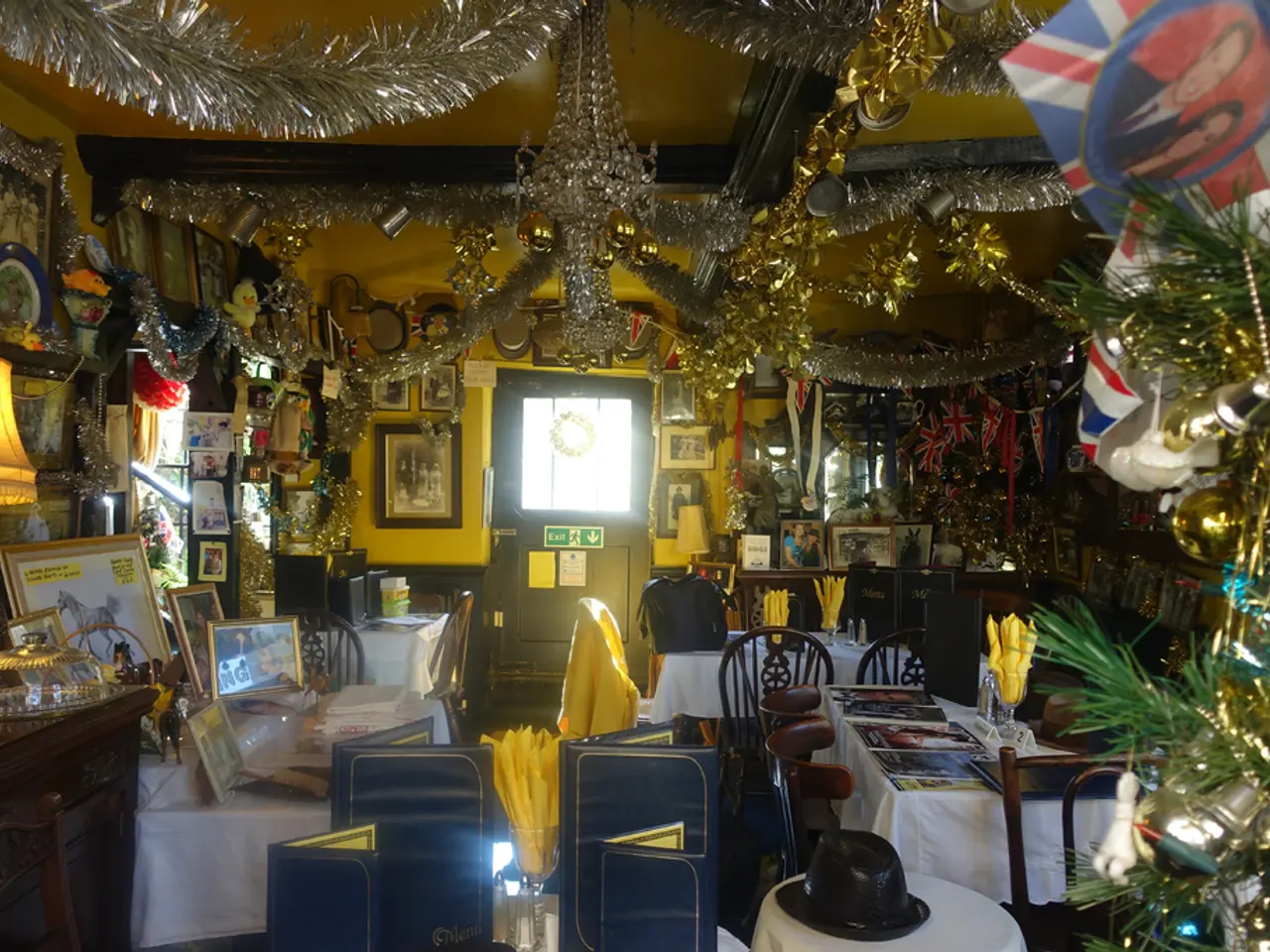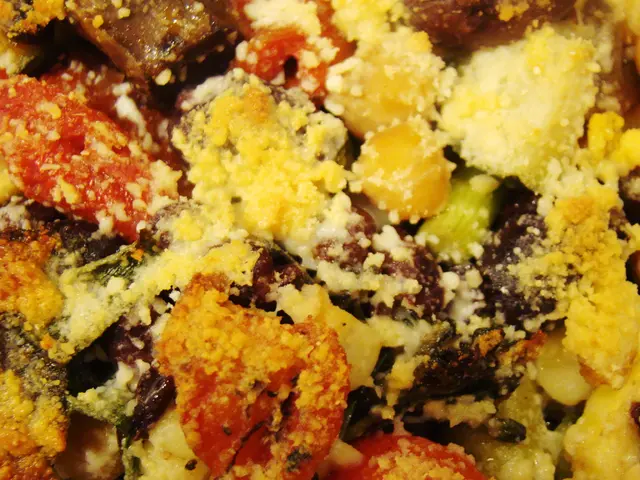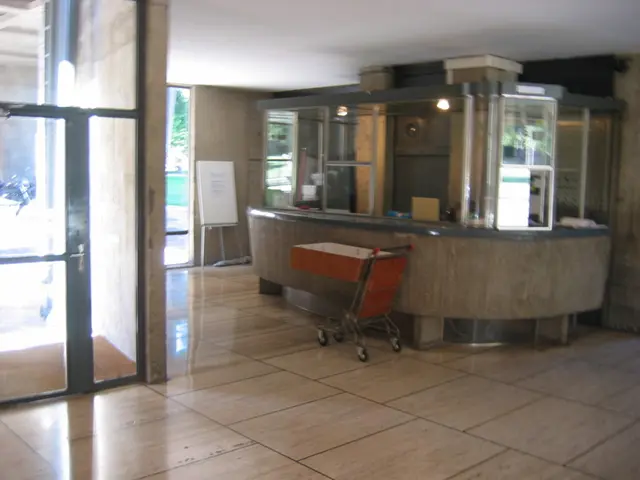Timeless Allure: Antique Home Design Inspiration
In the realm of home decor, blending vintage elements with modern aesthetics can create a cohesive and captivating space. This approach, often referred to as eclectic design, allows for the fusion of character and contemporary style, resulting in a timeless blend that feels both curated and comfortable.
One of the key strategies for incorporating vintage decor into modern living spaces is to start with a statement vintage piece. This could be a vintage mirror, antique armchair, or restored side table, which serves as a focal point and sets the tone for the rest of the decor. Positioning this piece against a modern backdrop, such as a sleek white wall, maximises contrast and visual impact.
Maintaining an 80/20 balance between modern furniture and vintage accents is another essential strategy. This helps vintage elements stand out without overwhelming the overall modern aesthetic. Distributing vintage pieces throughout the space for a cohesive yet curated look is crucial.
Mixing patterns, textures, and materials thoughtfully is another way to achieve this balance. Combining vintage patterns (florals, damasks) with modern geometric designs, and juxtaposing textures like velvet with sleek leather or rustic wood with polished metal, adds depth and visual intrigue while maintaining harmony.
Layering vintage rugs or textiles over modern ones can add character and warmth, contributing to a cozy, inviting atmosphere that blends eras seamlessly. Pairing modern lighting designs with vintage fixtures, such as sleek pendants with vintage chandeliers or lamps, also highlights the diversity of styles and illuminates the space dynamically.
Incorporating historical wall treatments with contemporary sensibility, using antique-inspired wallpaper, Venetian plaster, or architectural moldings, creates immersive environments. Adapting traditional patterns with modern colours or reinterpreting moldings in minimalist settings balances history with today's tastes.
Prioritising comfort and functionality is essential when modernising vintage furniture. Updating cushioning or internal structures to meet contemporary comfort standards while preserving vintage aesthetics ensures that vintage pieces remain practical and inviting. Integrating technology subtly, such as hiding TVs in antique armoires or concealing outlets in vintage desks, marries form and function.
Designing around vintage elements is another approach to consider. Letting the materials, colours, and shapes of your vintage pieces inform the rest of the room's design, including textiles and accessories, creates a mood board that explores harmonious mixes of vintage and modern details.
By thoughtfully combining these strategies, you create spaces that celebrate vintage charm without sacrificing the clean lines and practicality of modern design. Each piece tells its own story, adding a sense of history and personality to your home. Whether it's a vintage mirror, a statement chandelier, or a gallery wall filled with eclectic art pieces and photographs, vintage decor offers a unique and timeless appeal that elevates spaces with warmth, character, and nostalgia.
- For a statement piece to stand out in home decor, consider placing a vintage mirror, antique armchair, or restored side table against a modern backdrop, like a sleek white wall.
- Maintaining an 80/20 balance between modern furniture and vintage accents is essential, allowing the vintage elements to shine without overwhelming the overall aesthetic.
- Mixing patterns, textures, and materials can add depth and visual intrigue, such as pairing vintage florals with modern geometric designs, or juxtaposing velvet with sleek leather.
- Layering vintage rugs or textiles over modern ones or pairing modern lighting designs with vintage fixtures can create cozy, immersive environments that blend eras seamlessly.
- Incorporating historical wall treatments with contemporary sensibility, using antique-inspired wallpaper, Venetian plaster, or architectural moldings, can create a harmony between different design eras.
- Prioritising comfort and functionality is crucial when modernising vintage furniture, such as updating cushioning or internal structures to meet modern comfort standards while preserving vintage aesthetics.
- Designing around vintage elements, letting them inform the rest of the room's design, can create a unique blend of vintage charm and modern practicality, with a timeless appeal that elevates spaces with warmth, character, and nostalgia.





